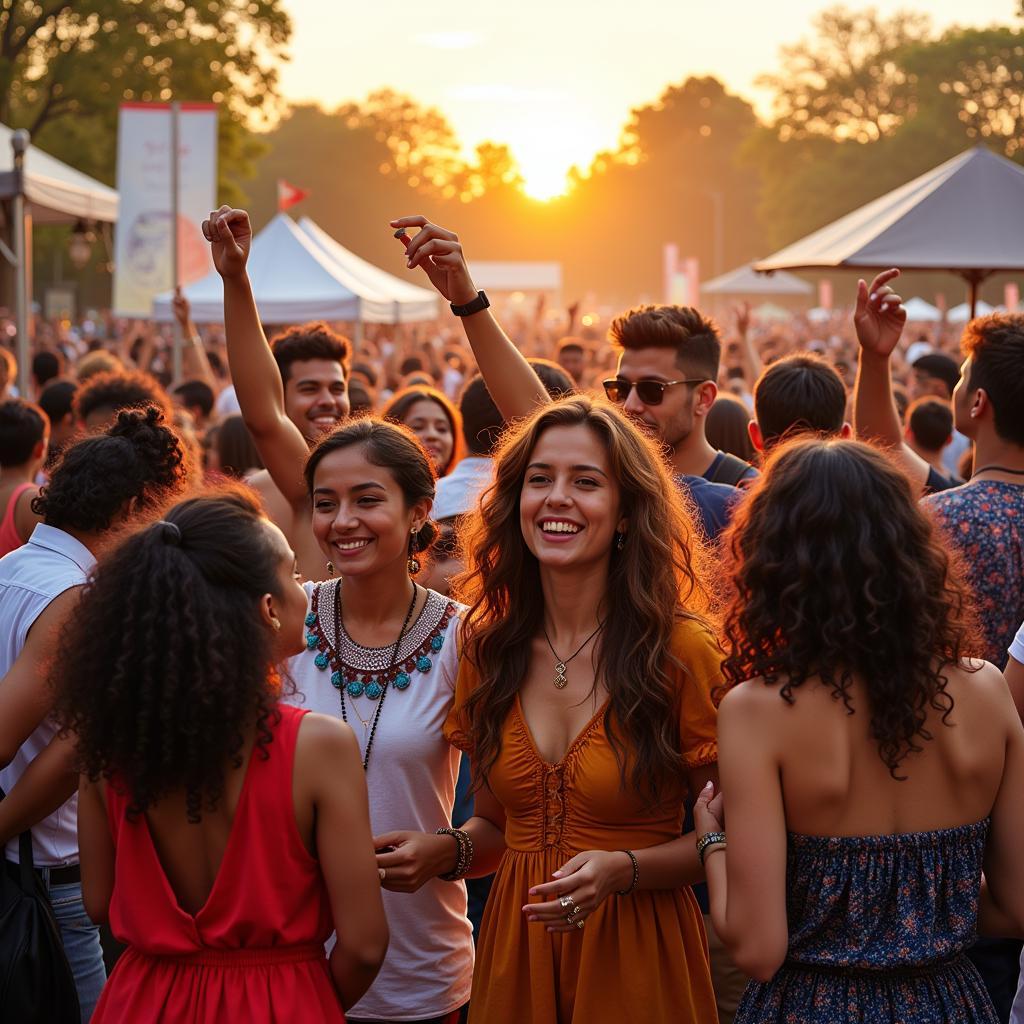Unveiling the African Dromaeosaur: A Raptor on the African Savanna
The African Dromaeosaur, a fascinating group of feathered dinosaurs, once roamed the landscapes of what is now Africa. Often overshadowed by their famous cousins, the Velociraptors of Asia, these agile predators played a crucial role in the prehistoric ecosystems of the African continent. While fossil evidence for African dromaeosaurs remains relatively scarce compared to other regions, recent discoveries are beginning to shed light on their diversity, behavior, and evolutionary significance.
Tracing the Lineage: African Dromaeosaurs and their Place in the Family Tree
Dromaeosaurs, commonly known as raptors, belonged to a larger group of theropod dinosaurs, which also included the mighty Tyrannosaurus Rex. Characterized by their large, curved claws on their second toes, feathers, and relatively large brains, dromaeosaurs were active predators with keen senses.
The African dromaeosaurs, although not as extensively studied as their counterparts in other parts of the world, represent a unique branch of this fascinating lineage. Fossil evidence suggests that they were present in Africa during the Late Cretaceous period, approximately 100 to 66 million years ago. Discoveries in countries such as Morocco, Niger, and Madagascar have provided valuable insights into their existence and the ecological niches they filled.
Uncovering the African Dromaeosaur Fossil Record
One of the most notable African dromaeosaur discoveries is Rahonavis ostromi, a small, bird-like dinosaur from Madagascar. Though its exact classification as a true dromaeosaur is still debated, Rahonavis possessed many features characteristic of the group, including a large, sickle-shaped claw on its toe. This dinosaur, estimated to have lived around 70 million years ago, provides crucial evidence for the presence of dromaeosaurs in Gondwana, the southern supercontinent that included Africa.
 Artist's impression of an African dromaeosaur in its natural habitat
Artist's impression of an African dromaeosaur in its natural habitat
In North Africa, fragmentary remains attributed to dromaeosaurs have been unearthed in Morocco. These fossils, though incomplete, suggest a potential connection between African and European dromaeosaur populations during the Late Cretaceous. Further discoveries are needed to confirm these links and provide a clearer picture of dromaeosaur distribution across prehistoric continents.
The African Dromaeosaur Lifestyle: Hunters in a Diverse Ecosystem
While the exact behavior of African dromaeosaurs remains a subject of ongoing research, their physical characteristics offer valuable clues. Their sharp teeth, powerful legs, and deadly claws suggest that they were active predators, likely targeting smaller dinosaurs, reptiles, and mammals. Their large brain size relative to their body size hints at potentially complex social behaviors and hunting strategies, similar to those observed in some modern-day birds of prey.
The African dromaeosaurs inhabited a world teeming with life. During the Late Cretaceous, Africa was home to a diverse array of dinosaurs, including giant sauropods like Paralititan, predatory theropods such as Carcharodontosaurus, and armored dinosaurs like Rebbachisaurus. This rich ecosystem provided ample prey for the agile dromaeosaurs, but also presented them with competition from other predators.
Unveiling the Mysteries: Future Directions in African Dromaeosaur Research
The study of African dromaeosaurs is still in its early stages, and many questions remain unanswered. Further fossil discoveries are crucial to understanding the full extent of their diversity, geographical distribution, and evolutionary relationships. Paleontologists are actively searching for more complete skeletons and utilizing advanced imaging techniques to analyze existing fossils in greater detail.
 Paleontologists excavating an African dromaeosaur fossil
Paleontologists excavating an African dromaeosaur fossil
As new discoveries emerge, we can expect to gain a more comprehensive understanding of these fascinating creatures and their place in the intricate web of life that existed millions of years ago. The African dromaeosaurs, once shrouded in mystery, are gradually revealing their secrets, offering a captivating glimpse into the prehistoric past of the African continent.


